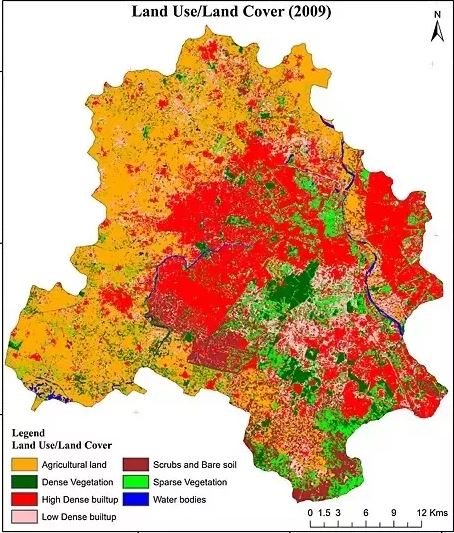Modern Kitchen Trends 2020
Modern kitchens are one of the best alternatives for many reasons. Our lives are full of chaos and chores where we have really less time to spend in our house. Modern kitchens will let you dedicate yourself to other tasks and activities that you cannot usually do in your house. The kitchen must be simple, practical, organized and functional but without leaving aside a beautiful design, this space will never fail to transmit the warmth of home that you will find in these kitchens of past years.
Modern kitchens will serve as an inspiration as one of the spaces of the house that is being modernized and updated in recent times. The design of your kitchen is one of the most important decisions that you must make while you design your house because the appliances require a lot of choices and installations.
Modern white kitchen:
The white colour is one of the main colours in interior decoration, it will never fail to provide your kitchen with a very powerful visual effect by increasing the reception of light and will bring you a sense of cleanliness with amplitude. Ideally, combining the white colour with other colours that will bring vibrancy to your kitchen will be a good idea. The white color can be combined with as many colours as possible since it has the power to blend with any colour around it. White colour has very good compatibility to get blended with all types of materials also. Wood, granite, vinyl are the materials that will make a perfect combination with white. With vibrant colors like white present in your kitchen, you can choose any decorative style for your kitchen. It can be in Nordic look or in retro style by matching it up with lacquered furniture and the white pickled wood. You can combine your kitchen with aluminum accessories to obtain a modern result. And when it comes to walls, you can choose smooth walls or tiles. White color is perfect even for the ceilings.
Appropriate colours for modern kitchen:
It is true that colours we choose to design our home interiors will have a great impact on us. The area in the house must contain the colours that transmit creativity, sociability and enhance calmness in the environment.
If you choose to use a range of cool colours such as purple, green or blue, these colours will make sure that they transmit the kitchen to be clean, efficient and all the above. These colours are meant to provide beautiful aesthetics and professionalism in the kitchen.
You can also choose warm colours such as orange, yellow or red, these colours create more welcoming spaces. These shades of colours will make your kitchen transmit all the warmth. You gain a lot of positivity because of these colours. One of the best options is also to combine your kitchen with cold and warm colors.
Modern kitchen in contrast colours:
One of the best options is to combine the colours to achieve a neutral look is to combine it with various shades of green, red, blue, and beige. Of the colours you choose, one should be the main one that serves as the base and another one will serve as a secondary shade, and the third one will be the most striking colour that will be used only in small strokes in the smallest elements of the kitchen. And based on this, the first two colours will be similar and belong to the same branch of colours. Shades like pastel pink, lavender, pale pink have the strongest compatibility that has a white base.
What advantages do modern kitchens have?
Currently, there are different designs for modern kitchens. Its popularity has indicated that users who want to have one have a huge variety of models, colours, features and various functionalities to decide from. But, in common, what are the qualities that will make modern kitchens so welcoming?
Firstly, it is the creative design that draws consideration of the potential buyers. Currently, the kitchen has winded up to be a separate space apart from the eyes of guests and is frequently blended with the rest of the house, so you have to attract people who see it as much as the rest of the decor. Therefore, the kitchen not only has to comply with the purposes linked with it but must also present a style compatible with the rest of the house.
Thus, this kind of modern kitchens, with their thoughtful design, bright surfaces, and global thought directed both at remaining functional and gratifying to the eye, develop as a great option when it comes to understanding the overall decor of your house.
Kitchens are not those spaces anymore which are just dedicated entirely to perform functions related to food, but also are places of friendship and other social activities. Therefore, modern kitchens are also defined by the presence of items like stools and chairs that let you cook, eat and store different objects in the most unique way. In this way, the attention that these types of design plans lend to the function of the kitchen as a place for socialization has won the hearts of many people, who have preferred this type of kitchen to be included in their house.
The surfaces of modern kitchens are wear and tear-resistant and, particularly, very easy to clean. With the fast-paced life we are living now, we are very appreciative that one of the dirtiest spaces of the house can be cleaned instantly and easily. Therefore, the substances that modern kitchens are usually made of are characterized by being ready to be easily cleaned and be much more repellent to stains, bumps, and humidity than the more traditional design, such as wood.
The modern style also provides the chance to have kitchens with integrated furniture and appliances, which makes them ideal and perfect for small houses where you have to take benefit of every last crack possible. Modern kitchens are hugely versatile and adaptable, which makes them a perfect choice for those houses where a shortage of space is a major problem. The islands, that ordinarily substitute conventional tables in the designs of modern kitchens not only improve their storage space but also add a new place to keep appliances that sometimes do not fit in the usual design, such as an oven or a dishwasher.




